THE OGM: 30 YEARS IN BUSINESS Edition - Read Now!
View Past IssuesAlmost three-quarter of the 184 climate pledges made under the Paris Agreement aimed at curbing greenhouse gas emissions are inadequate to slow climate change, and some of the world’s largest emitters will continue to increase emissions, according to a panel of world-class climate scientists. It is these increasing greenhouse emissions, which are driving climate change.
The Truth Behind the Climate Pledges, a new report published by the Universal Ecological Fund, examines in great detail the 184 voluntary pledges under the Paris Agreement, the first collective global effort to address climate change.
“The comprehensive examination found that with few exceptions, the pledges of rich, middle income and poor nations are insufficient to address climate change,” says Sir Robert Watson, former chair of the Intergovernmental Panel on Climate Change and co-author of the report. “Simply, the pledges are far too little, too late.”
Out of 184 pledges, almost 75 percent were judged as insufficient to stop climate change from continuing to accelerate in the next decade, according to the report and its coauthors.
Of the 184 pledges, only 36 were deemed sufficient based on commitments to reduce emissions by at least 40 percent by 2030; 12 pledges were considered partially sufficient for their commitments to reduce emissions between 40-20 percent by 2030; 136 pledges were partially or totally insufficient. See annex for map and tables with the details of the ranking of the 184 pledges.
“Based on our meticulous analysis of the climate pledges, it is naïve to expect current government efforts to substantially slow climate change,” says Dr. James McCarthy, Professor of Oceanography at Harvard University and a co-author of the report. “Failing to reduce emissions drastically and rapidly will result in an environmental and economic disaster from human-induced climate change.”
Slightly more than half of greenhouse gases (GHGs) emissions, the main driver of climate change, comes from four nations -China with 26.8 percent of global GHG emissions, the United States (13.1 percent), India (7 percent) and Russia (4.6 percent):
Only the European Union (with its 28 Member States), one of the five top GHGs emitters at 9 percent of global GHGs, has taken an aggressive stand against climate change. The EU is expected to cut GHGs emissions by 58 percent below 1990 level by 2030. This exceeds the EU’s commitment of “at least 40 percent of GHG emissions below 1990 level.” The report ranks the EU pledge as sufficient.
The remaining 152 pledges are from nations responsible for 32.5 percent of global GHG emissions. Of that total, 127 countries or almost 70 percent have submitted conditional plans to reduce GHG emissions. The pledges of these nations rely on technical assistance and funding from wealthy nations, estimated at $100 billion annually, for their implementation. Provision of this assistance has been more difficult than was anticipated in 2015. Both the United States and Australia have stopped making contributions.
All countries need to reduce emissions to meet the Paris Agreement targets, although not all countries have equal responsibility because of the principle of differentiated responsibility, historical emissions, current per person emissions and the need to develop. Some countries will require international assistance.
Another indicator that reflects the lack of action to fight climate change: 97 percent of the 184 climate pledges are the same as those initially submitted in 2015-2016 after the Paris Agreement was adopted. Only six countries have reviewed their pledges: 4 countries increased their plan to cut emissions; 2 nations weakened their pledges.
“Even if all climate pledges which are voluntary are fully implemented, they will cover less than half of what is needed to limit the acceleration of climate change in the next decade,” says Dr. Watson.
Global GHG emissions are projected to be 54 GtCO2-eq (gigatons of all GHGs combined, expressed in CO2 equivalent) by 2030 if all pledges are fully implemented. To stay below 1.5ºC above pre-industrial times, a Paris Agreement goal, global GHG emissions in 2030 should be only about 27 GtCO2-eq. This means that action to address climate change must double or triple within the next decade to reduce emissions by 50 percent by 2030.
“The current pledges will not solve the climate change challenge, because global GHG emissions need to be halved by next decade and net-zero by midcentury,” says Dr. Nebojsa Nakicenovic, former Director of Global Energy Assessment, former Convening Lead Author of the IPCC Working Group III and coauthor of the report. “At best, they only postpone the problem by a few years.”
“There is no easy way to compare the pledges because they have no common denominator. That is why we ranked the pledges based on their emission reduction commitments,” says Liliana Hisas, UEF’s Executive Director and lead researcher of the report. “We showed that many climate pledges would actually continue to increase emissions.”
“Climate change is already adversely affecting human health, livelihoods, food, water, biodiversity, oceans and economic growth,” says Dr. Pablo Canziani, a Senior Scientist at the National Scientific and Technical Research Council, Professor at Argentina’s National Technological University and coauthor of the report.
If nations fail to halve GHGs emissions by the next decade, the number of hurricanes, severe storms, wildfires and droughts are likely double in number, intensity and economic losses. The cost: $2 billion a day by 2030, a price tag that the world cannot afford.
About 70 percent of global GHGs emissions are from carbon dioxide (CO2), due to fossil fuels. CO2 emissions can be rapidly and drastically reduced in a cost-effective way.
Switching electricity generation from coal to renewables can rapidly reduce CO2 emissions. This means phasing out and closing2,400 coal-fired power stations globally within the next decade. This is viable and cost-effective. A barrier: 250-coal powered units are now under construction and represent a huge potential stranded investment.
“Leaders need to adopt new policies to close coal-fired power plants and promote renewable and carbon-free power sources such as wind, solar and hydropower,” says Dr. McCarthy. “These are tasks which individuals can’t do, but can reasonably expect their leaders to.”
Secondly, it is imperative that we increase energy efficiency, which can reduce CO2 emissions by 40 percent by 2040, according to the International Energy Agency. Individuals can be major contributors to those emission reductions. Globally, households will save more than $500 billion dollars in energy bills annually. “From cars and household electricity use to industrial processes, the potential of efficiency improvement in energy use is so large that current energy use levels would be sufficient to provide all energy services by 2030,” says Dr. Nakicenovic. “This is a critical element, since world population is expected to be 8.5 billion within a decade or 1.2 billion additional people.”
“Activities each of us do every day contribute to climate change. By using energy more efficiently, we can all help solve it,” says Liliana Hisas. “This is something we can all do through smarter choices. Policies can accelerate the implementation of climate solutions.”
China
China is by far the largest GHGs and CO2 emitter in the world, accounting for about 27 and 29 percent respectively. Historically, China’s emissions were much lower than most industrialized countries. Since 1990 its carbon emissions per person have increased fourfold, reaching 8 tons of CO2 per person annually in 2018. However, this is still only about half of a person’s annual emissions or 16 tons of CO2 in the United States or Canada. China’s per person CO2 annual emissions are greater than 5.6 tons for the United Kingdom and 5 tons for France.
China made an unconditional climate pledge “to reduce CO2 emissions per unit of Gross Domestic Product (GDP) by 60-65 percent from the 2005 level by 2030.” This is called a carbon intensity target. China has reduced its emission intensity since 2005, which is indeed encouraging. It is likely that their pledge will be met.
The carbon intensity target is not a CO2 emission reduction target, as long as GDP is growing faster than the intensity reduction rate.
Due to the rapid expansion of China’s economy, its CO2 emissions have increased by 80 percent -from 6.3 GtCO2 in 2005 to 11.3 GtCO2 in 2018.
In its pledge, China also states that CO2 emissions will “peak around 2030.” Thus, the increasing trend in CO2 emissions will continue for at least one more decade, given its projected rate of economic growth.
The report concludes that China’s pledge is insufficient to contribute to reducing global emissions by 50 percent by 2030.
In its pledge, China also plans to increase the share of non-fossil sources in primary energy use to about 20 percent. In 2017, non-fossil sources accounted for 14 percent of China’s primary energy; 2 percent nuclear, 8 percent hydroelectric and 4 percent renewables. China’s domestic use of renewables has significantly increased, by more than six-fold, since 2010.
The target of increasing the share of non-fossil energy to 20 percent could be reached by 2030 by continuing to increase renewables at the current rate, without additional efforts.
However, fossil energy will still produce about 85 percent of the primary energy in China.
India
India is the fourth largest GHGs and CO2 global emitter, with about 7 percent each respectively. India’s CO2 emissions per person have doubled since 1990, but its historical emissions were very low. Current emissions are significantly lower than most industrialized countries. Right now, a person in India emits only about 2 tons of CO2 per year, which is less than half of what a person in Sweden or a third of what a person in Italy emits.
Its main pledge: “To unconditionally reduce the emission intensity of all GHGs of its GDP by 30-35 percent from 2005 level by 2030.”
As with China’s pledge, India has not pledged to reduce emissions. In fact, India’s GHG emissions have increased by about 76 percent between 2005 and 2017 and are expected to continue to increase due to economic growth. Its CO2 emissions have more than doubled over the period 2005-2018 -from 1.2 GtCO2 in 2005 to 2.6 GtCO2 in 2018.
India’s pledge was deemed insufficient as it will not contribute to the needed 50 percent reduction in global emissions by 2030.
India has also committed to achieve 40 percent of non-fossil fuels electric power installed capacity, with international funding.
Since 2005, India has increased its installed electricity generation capacity by three-fold. The share of non-fossil fuels electric power capacity has increased from 30 percent in 2005 to 35 percent in 2018 of which 20 percent are renewables. Thus, by continuing this increasing trend, India could achieve a 40 percent non-fossil-based power capacity earlier than 2030. However, 57 percent of India’s electricity generation is still dependent on coal.
United States
The U.S. is the largest economy in the world. Globally, it is the second-largest GHGs and CO2 emitter, accounting for about 13 and 14 percent respectively. Its CO2 emissions per person are among the highest globally, despite the transition from a manufacturing-based to a service-driven economy. The current carbon emissions per person annually are 16 tons of CO2. That means that every person in the United States emits double what a person in Malaysia, or four times what a person in Mexico does.
In 2015, the U.S. committed to reducing GHG emissions by 26-28 percent below 2005 levels by 2025.
In 2017, the Trump Administration announced its intention to withdraw from the Paris Agreement. The earliest date for the U.S. to withdraw from the agreement is November 4, 2020. Until then, the U.S. climate pledge stands.
The Trump Administration has suspended, revised or rescinded key federal climate change-related policies. The most significant one is the Clean Power Plan, the first-ever carbon pollution standards for U.S. power plants, which gave gives states flexible, cost-effective tools to cut CO2 emissions from coal-fired plants by 32 percent from 2005 levels by 2030.
Due to the reversal in federal policy, the United States’ pledge was deemed insufficient.
Offsetting the reversal in federal policy, states across the U.S. are leading the renewable energy transition. For example, Iowa, South Dakota and Kansas are generating about than 30 percent of their electricity from wind; California, Hawaii and Vermont are generating about 10 percent from solar. Cities are also transitioning to renewable sources of energy. More than 130 cities have committed to 100 percent renewable electricity. Six small cities have already achieved the target.
Some of these commitments are being implemented under the America’s Pledge initiative. In addition, other initiatives and campaigns are focused on retiring coal-fired power plants. More than half of the 530 coal-fired power plants in the U.S. are retired or propose to be retired by 2030.
Almost half of the States have also been implementing fuel efficiency and CO2 emissions standards for cars and light trucks. However, new and amended (weaker) nationwide standards have been recently proposed by the Administration for vehicles model year 2021 to 2026, which would further increase emissions from the transportation sector, currently accounting for the majority of CO2 emissions, with almost 40 percent.
For the last two decades, the U.S. has been and still is producing 80 percent of its energy (for electricity, heating and transportation) from fossil fuels.
Until the share of fossil fuel use in the U.S. energy mix is significantly reduced, State and local efforts will not compensate for the lack of decisive federal action to reduce U.S. emissions.
Russia
Russia with 4.6 percent of global GHG emissions has not submitted a pledge to the Paris Agreement.
European Union
The European Union (28 nations) with some of the richest economies in the world is the third-largest GHGs and CO2 emitter globally, accounting for 9 and 10 percent respectively. CO2 emissions per person in some European Union countries are relatively high. Currently, a person in The Netherlands emits 9.5 tons of CO2, 9.1 in Germany, 8.8 in Finland and in Poland, and 5.6 in the United Kingdom. On average, a person in the European Union emits 6.8 tons of CO2 annually or almost three times more than a person in Brazil.
The EU has already reduced its GHGs and CO2 emissions by 17 percent and 22 percent respectively below 1990 level in 2018.
Some EU Member States are still dependent on fossil fuels for their electricity and heat generation.The largest CO2 contributors in 2017 were Germany (22 percent), the United Kingdom (10.7 percent), Italy (10 percent), Poland (9.6 percent) and France (9.3 percent).
The EU and its 28 Member States put forward a legally binding climate pledge to “reduce GHG emissions by at least 40 percent below 1990 level” by 2030.
To meet this target, the EU has adopted a large package of measures in 2018 aimed at accelerating the reduction of GHG emissions:
These combined measures are expected to result in GHG emission reductions of 58 percent by 2030, exceeding the committed target of at least 40 percent from 1990 level. The EU pledge was deemed sufficient.
The remaining 152 climate pledges
The remaining 152 pledges account for 32.5 percent of global GHG emissions.
From these 152 pledges, 127 pledges or almost 70 percent are either totally or partially conditional. That means that they are dependent on funding from rich nations, plus technology transfer and capacity building for their full implementation.
All countries need to reduce emissions by half in a decade and toward net-zero by midcentury to meet the Paris Agreement targets, although not all countries have equal responsibility because of the principle of differentiated responsibility, historical emissions, current per person emissions and the need to develop.
Sufficient.
Climate pledges commitments equal or above 40 percent emission reductions were ranked as sufficient. These pledges are in line with the need to half emissions by 2030. Besides the EU (and its 28 Member States), six pledges under this category are from: Iceland, Liechtenstein, Monaco, Norway, Switzerland and Ukraine.
The Republic of Moldova pledged unconditionally to reduce GHGs emissions by 64-67 percent below 1990 level; and an additional 11-14 percent conditionally. Because 80 percent of the pledge depends on national actions, this pledge was deemed sufficient.
Partially sufficient.
Climate pledges commitments between 20-40 percent emission reductions were ranked as partially sufficient. The countries with pledges under this category need to do much better to reduce emissions. These 12 countries are Australia, Azerbaijan, Belarus, Brazil, Canada, Costa Rica, Israel, Japan, Montenegro, New Zealand, San Marino and the Republic of Korea.
Japan and Brazil are the 6th and 7th largest GHGs emitters. Their share of global GHGs emissions is 3 and 2.3 percent respectively.
Japan committed to reducing GHGs emissions by 26 percent below 2013 levels by 2030, which may be met. Among other measures, Japan adopted a 22-24 percent renewable electricity target by 2030. However, Japan is still dependent on fossil fuels for 81 percent of its electricity and 88 percent of its primary energy.
Brazil committed to reducing GHGs emissions by 43 percent below 2005 levels by 2030. This climate pledge, however, was put forward by the previous administration. The current one, which took office last January, reversed key environmental and climate change-related policies and measures. This political reversal reduces Brazil’s chances of meeting its climate pledge.
The Republic of Korea pledged to reduce GHGs emissions by 37 percent below business as usual in 2030. By using their business as usual projection for 2030 and their latest reported level of GHG emissions, the Korean pledge equals a 22 percent GHGs reduction below 2014 level in 2030.
Partially insufficient.
Eight climate pledges were ranked as partially insufficient, based on two criteria:
* Pledges below 20 percent emission reductions. Commitments from these countries show limited ambition to address climate change. These are Albania, Jamaica and Serbia. Also in this category is Trinidad and Tobago, a high-income country.
* Pledges with conditional commitments where the country is implementing more than 50 percent of the pledge from their own resources. These pledges show some effort from the country to reduce emissions. The four countries under this category are Cook Islands, Kazakhstan, Micronesia and Solomon Islands.
Insufficient.
The rest of the climate pledges, totalling 125, were ranked as insufficient based on four criteria:
1) Pledges with no emission reduction target. These 36 pledges cannot be quantified or measured. These include 30 pledges from Armenia, Belize, Bhutan, Bolivia, Cabo Verde, Cuba, Egypt, El Salvador, Eswatini, Guinea-Bissau, Guyana, Malawi, Mozambique, Myanmar, Nauru, Nepal, Nicaragua, Panama, Papua New Guinea, Rwanda, Samoa, Sierra Leone, Somalia, South Africa, Sudan, Suriname, Syrian Arabic Republic, Timor-Leste, Tonga and Turkmenistan.
In addition, this category includes six high-income countries that lack emission reduction targets in their pledges. These are Antigua and Barbuda, Bahrain, Kuwait, Qatar, Saudi Arabia and the United Arab Emirates.
2) Pledges with commitments that rely more than 50 percent on international funding for their implementation. Many of these countries have limited capacity to reduce their emissions and are reliant on financial and technical assistance, which may not materialize. These pledges, especially for the upper-middle-income countries, show minimal effort from the country to reduce emissions. Among this category, 27 pledges made commitments ranging from 50-90% conditional. These include Algeria, Bangladesh, Benin, Bosnia and Herzegovina, Burkina Faso, Burundi, Chad, Democratic People’s Republic of Korea, Ecuador, Eritrea, Fiji, Ghana, Guatemala, Haiti, Jordan, Kiribati, Lesotho, Maldives, Mauritania, Morocco, Niger, Nigeria, Niue, Sri Lanka, Tajikistan, Togo and Viet Nam. Of these pledges, 33 percent are from upper-middle-income countries, 30 percent from lower-middle-income countries and 37 percent from low-income countries.
In addition, 38 pledges are 100 percent conditional to international support for their full implementation. These are Afghanistan, Botswana, Cambodia, Cameroon, Central African Republic, Comoros, Congo (Republic of), Cote d’Ivoire, Democratic Republic of the Congo, Dominica, Dominican Republic, Equatorial Guinea, Ethiopia, Gabon, Gambia, Grenada, Guinea, Honduras , Kenya, Lao People’s Democratic Republic, Liberia, Madagascar, Marshall Islands, Mauritius, Mongolia, Namibia, Pakistan, Palau, Saint Lucia, Sao Tome and Principe, State of Palestine, Tuvalu, Uganda, United Republic of Tanzania, Vanuatu, Venezuela, Zambia and Zimbabwe. Of these pledges, 30 percent are from upper-middle-income countries, 32 percent from lower middle-income countries and 26 percent from low-income countries.
Five high-income countries also made totally conditional pledges: Bahamas, Barbados, Oman, Saint Kitts and Nevis and Seychelles.
3) Pledges with intensity targets. As with China and India, climate pledges based on intensity targets mostly equal an increase in emissions in 2030 above the current level. These six pledges using intensity targets are Malaysia, Tunisia, Uzbekistan and three high-income countries -Chile, Singapore and Uruguay.
4) Pledges using business as usual (BAU) targets, as well as partially conditional using more than 50 percent of their own resources. These pledges are based on emission reductions below a projected level of future emissions in 2030 if no actions or policies are implemented. Thus, these commitments mostly equal an increase in emission in 2030 above the latest level of emissions reported by each country.
There are 13 BAU pledges under this group.
For example, Indonesia, the eighth largest emitter, pledged to unconditionally “reduce GHG emissions by 29 percent below business as usual in 2030”, and an additional 12 percent conditionally. By using their business as usual projection for 2030 and their latest reported level of GHGs emissions, the Indonesian pledge equals a 40 percent GHGs increase above 2016 level in 2030.
The 12 additional countries using the same BAU target, which increases emissions in 2030, are Andorra, Argentina, Colombia, Djibouti, Georgia, Mali, Mexico, North Macedonia, Paraguay, Peru, Saint Vincent and the Grenadines and Thailand.
Countries with no pledges.
Thirteen countries have not yet submitted their climate pledges. These are Angola, Brunei Darussalam, Iran, Iraq, Kyrgyz Republic, Libya, Lebanon, Philippines, Russia Federation, Senegal, South Sudan, Turkey and Yemen. They emit 9 percent of the GHG global emissions combined, with Russia at 4.6 percent.
“While the majority of the 152 countries which have submitted pledges are poor and only contribute small amounts of GHGs emissions individually, their total contribution at 32.5 percent is greater than any single country,” says Dr. Watson. “Secondly, it is these nations where both population and GHGs emissions are growing rapidly. Thus, it is important that they make ambitious pledges now.”
* * *
Authors
Sir Robert Watson (United Kingdom), former Chair of the Intergovernmental Panel on Climate Change (IPCC) and the Intergovernmental Platform on Biodiversity and Ecosystem Services (IPBES), World Bank’s Chief Scientist for Sustainable Development, and a White House Senior Adviser.
Dr. James J. McCarthy (United States), former Co-Chair of the IPCC Working Group II. He is Professor of Oceanography at Harvard University. He served as President of the American Association for the Advancement of Science and as Chair of the Board of Directors for the Union of Concerned Scientists. He is the winner of the 2018 Tyler Prize for Environmental
Achievement. Dr. Pablo Canziani (Argentina), former Lead Author of the IPCC Working Group I. He is a Senior Scientist at the National Scientific and Technical Research Council and Professor at the National Technological University in Argentina.
Prof. Dr. Nebojsa Nakicenovic (Austria), Convening Lead Author of the IPCC Working Group III, Convening Lead Author of the “Special Report on Emissions Scenarios”, Deputy Director General of IIASA and tenured Professor of Energy Economics at Vienna University of Technology (TU Wien). He was a Member of the United Nations Secretary General High-Level Technical Group, the Co-chair of the Global Carbon Project.
Liliana Hisas (Argentina), Executive Director of the Universal Ecological Fund and the coordinator of the project Acting on Climate Together (ACT). For the last decade, her main focus has been researching and writing about climate change in an accessible way. She holds a MA in Journalism from the Universidad del Salvador in Argentina.
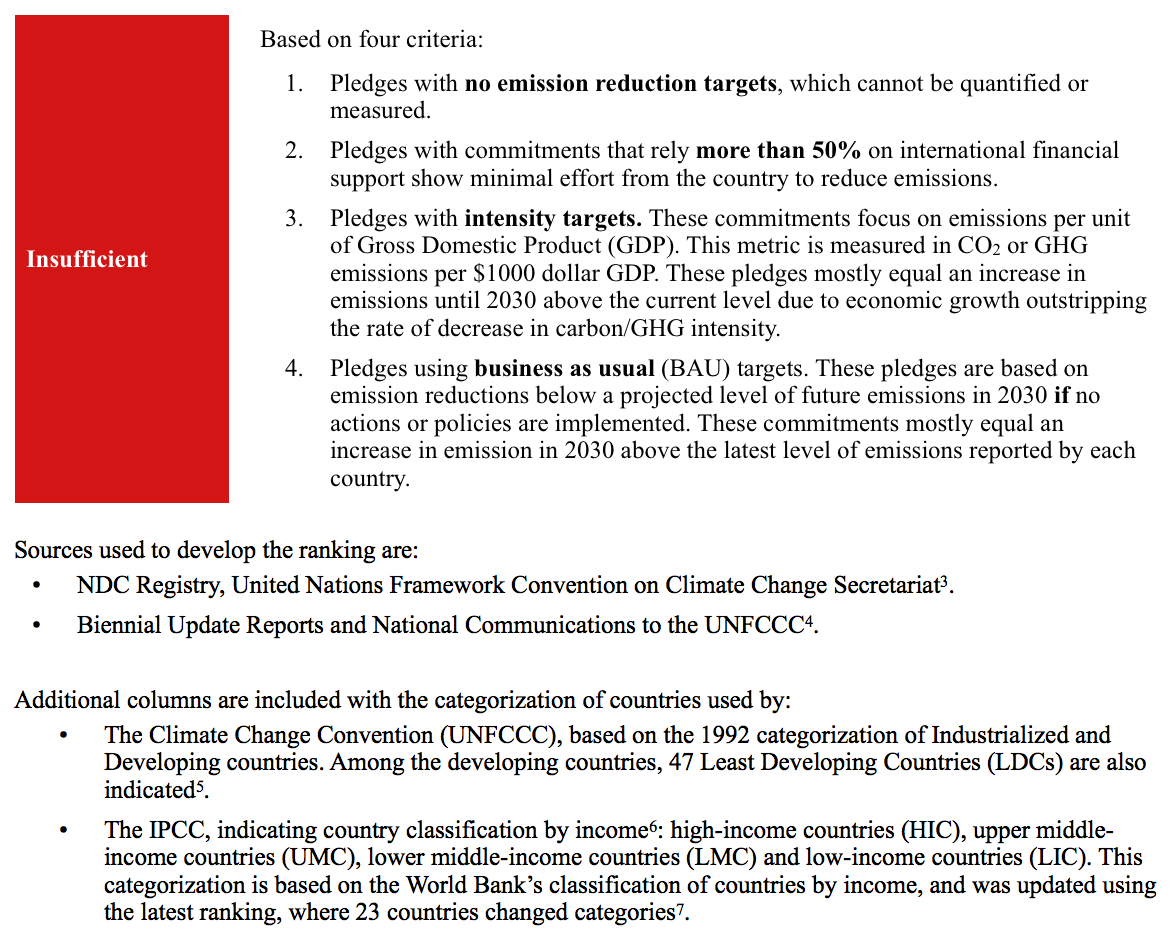
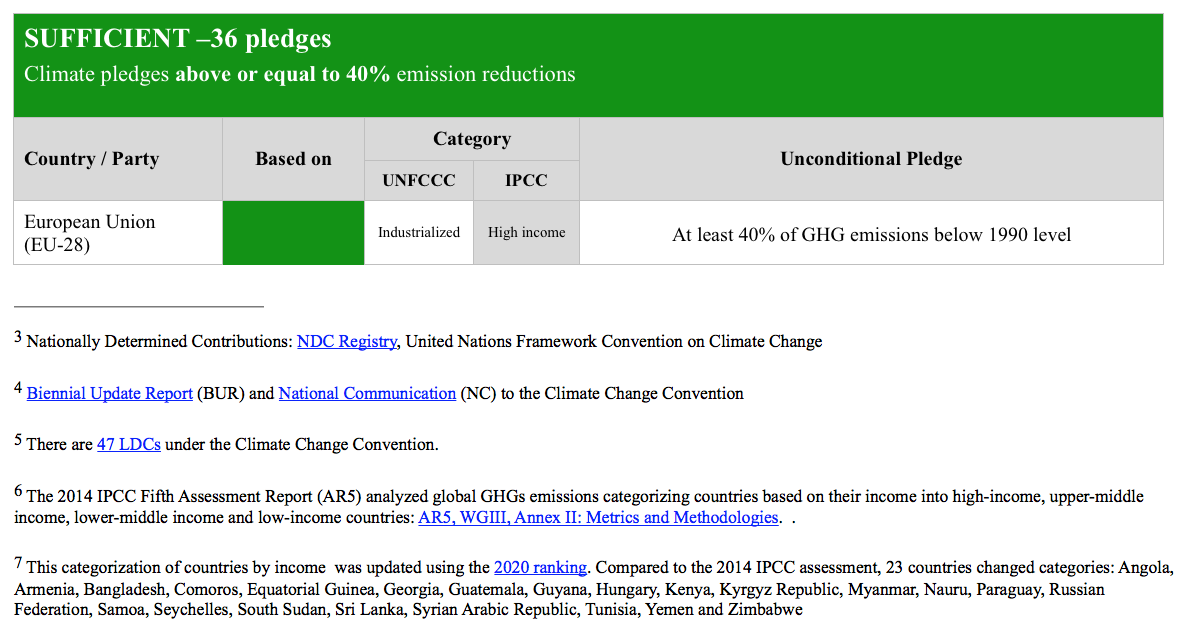


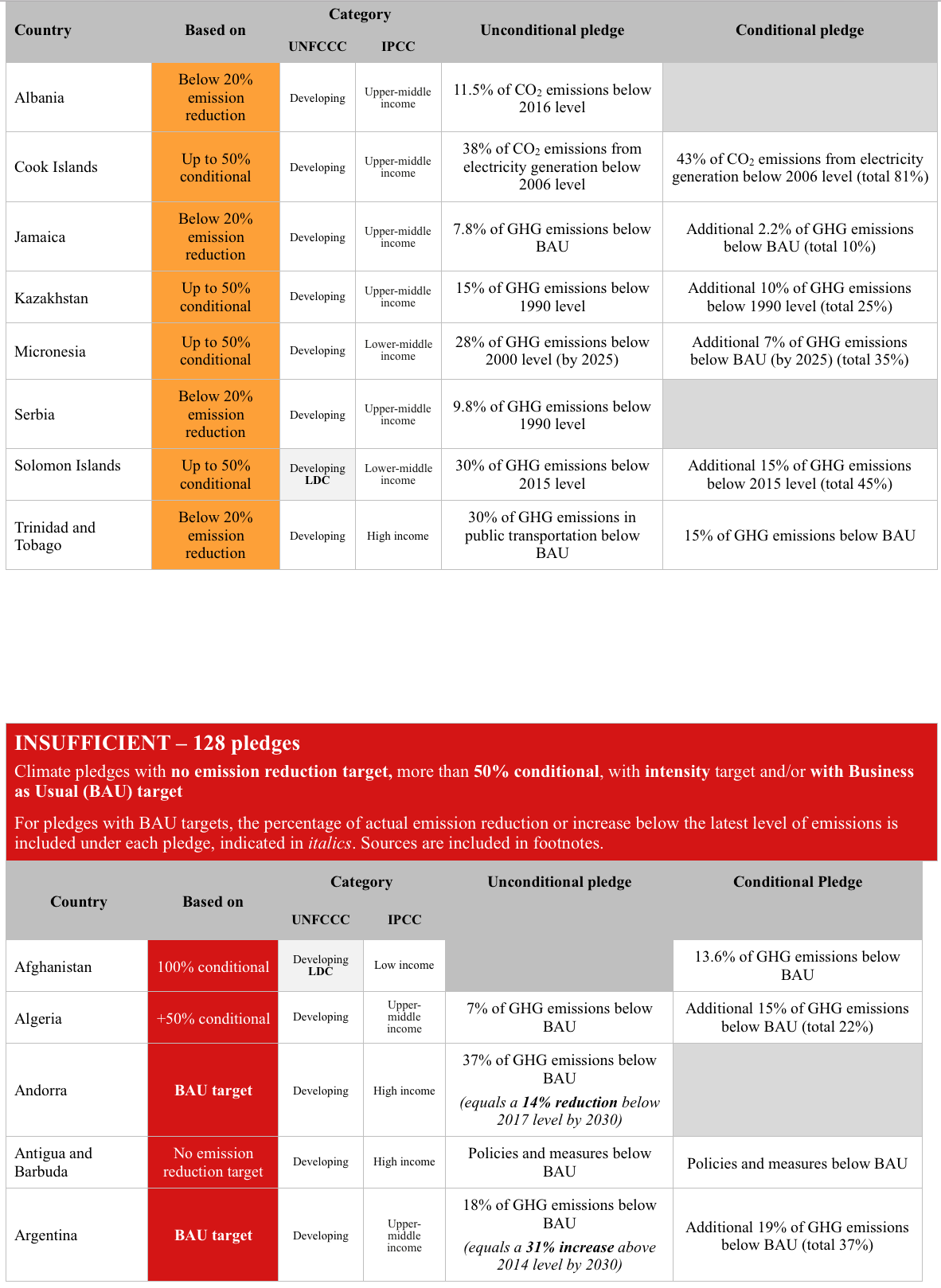
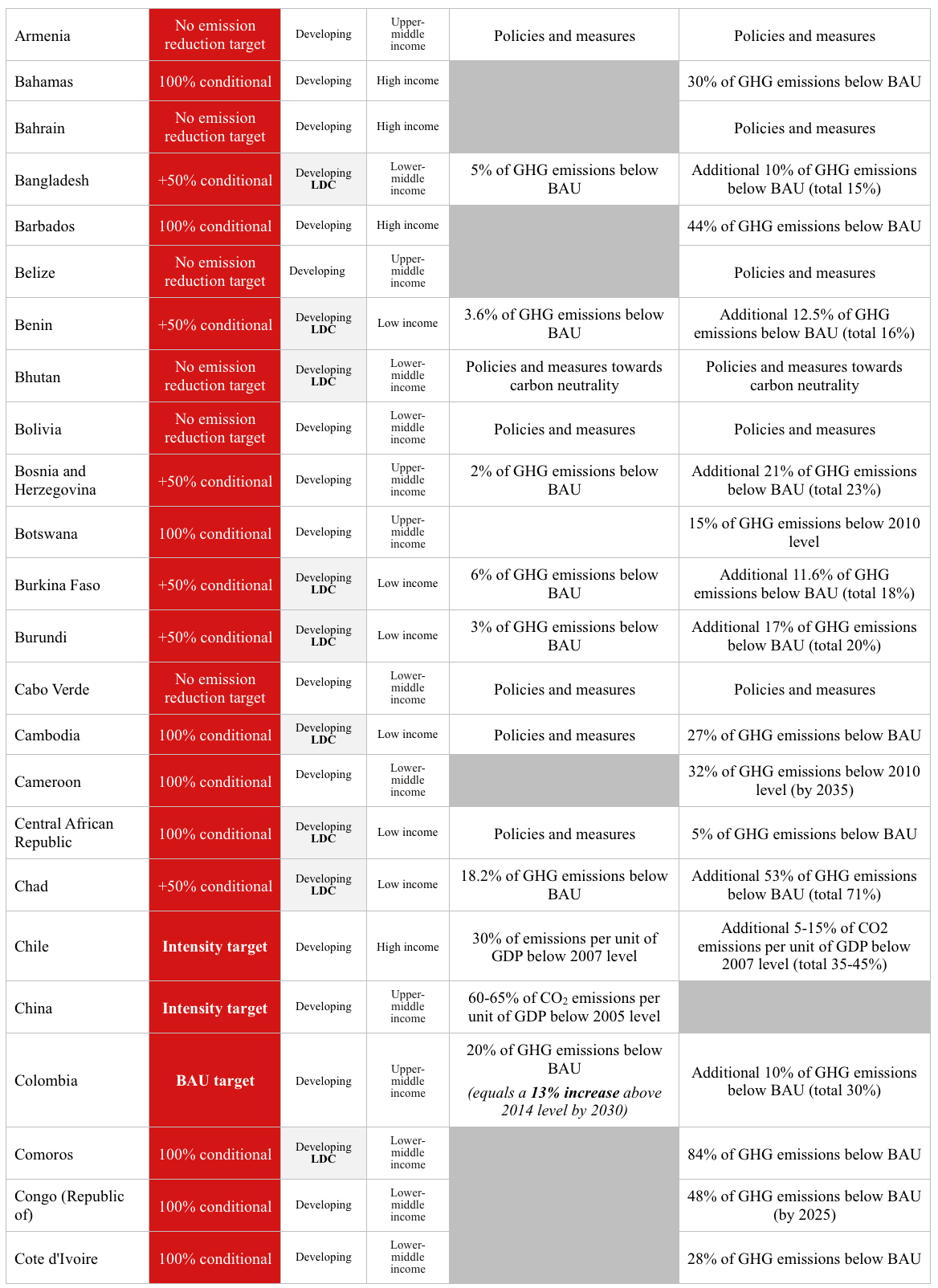
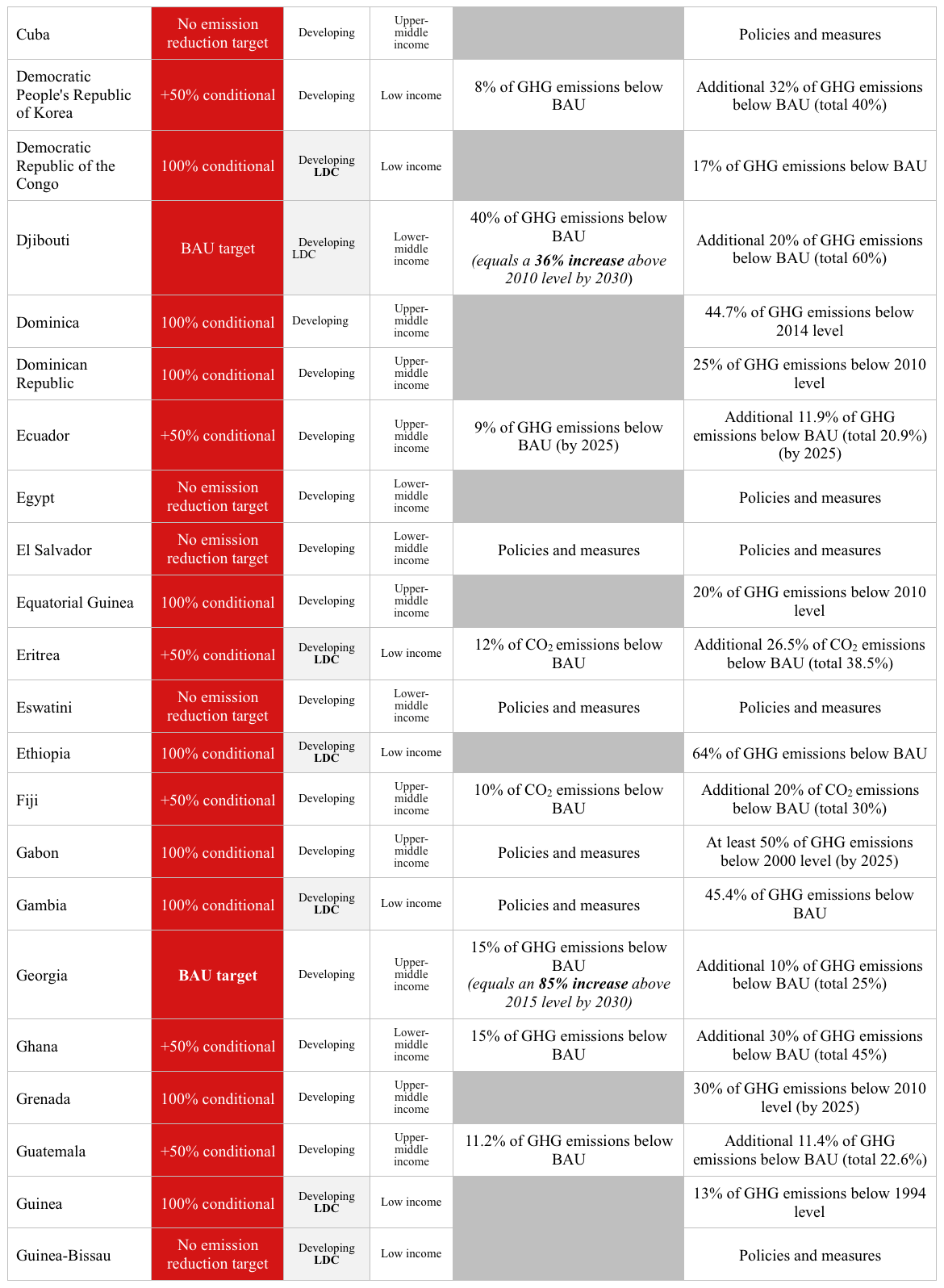
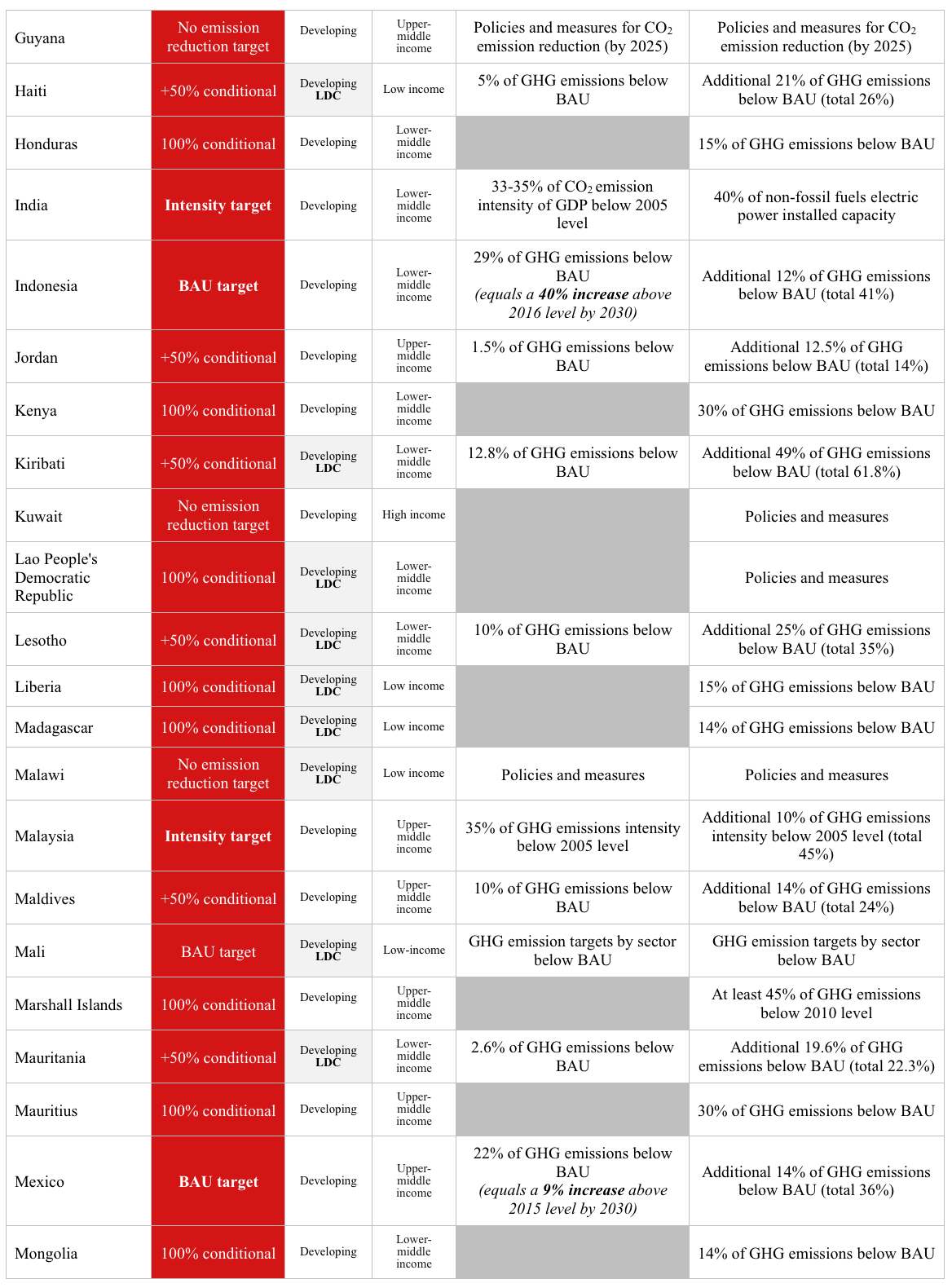
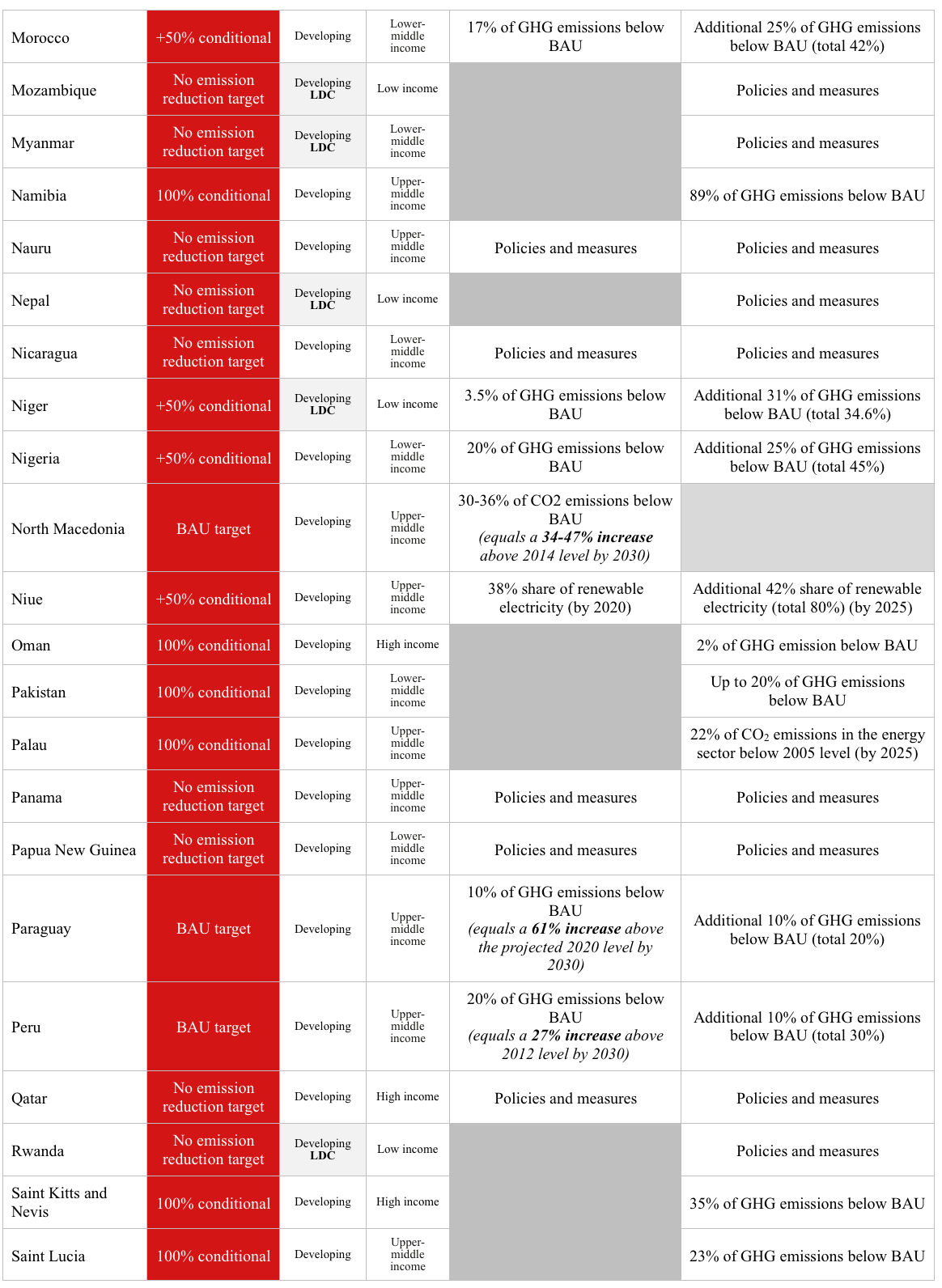
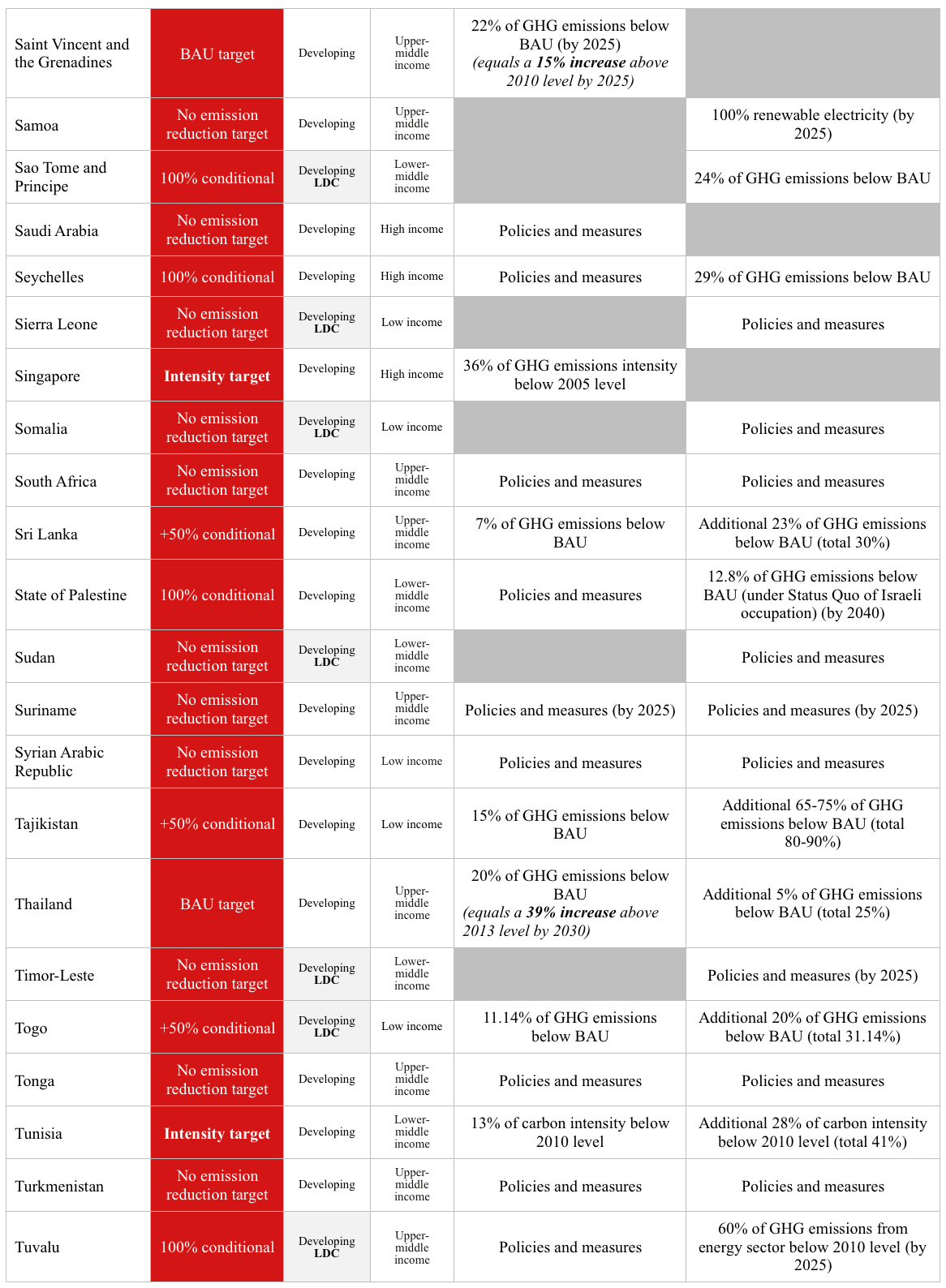
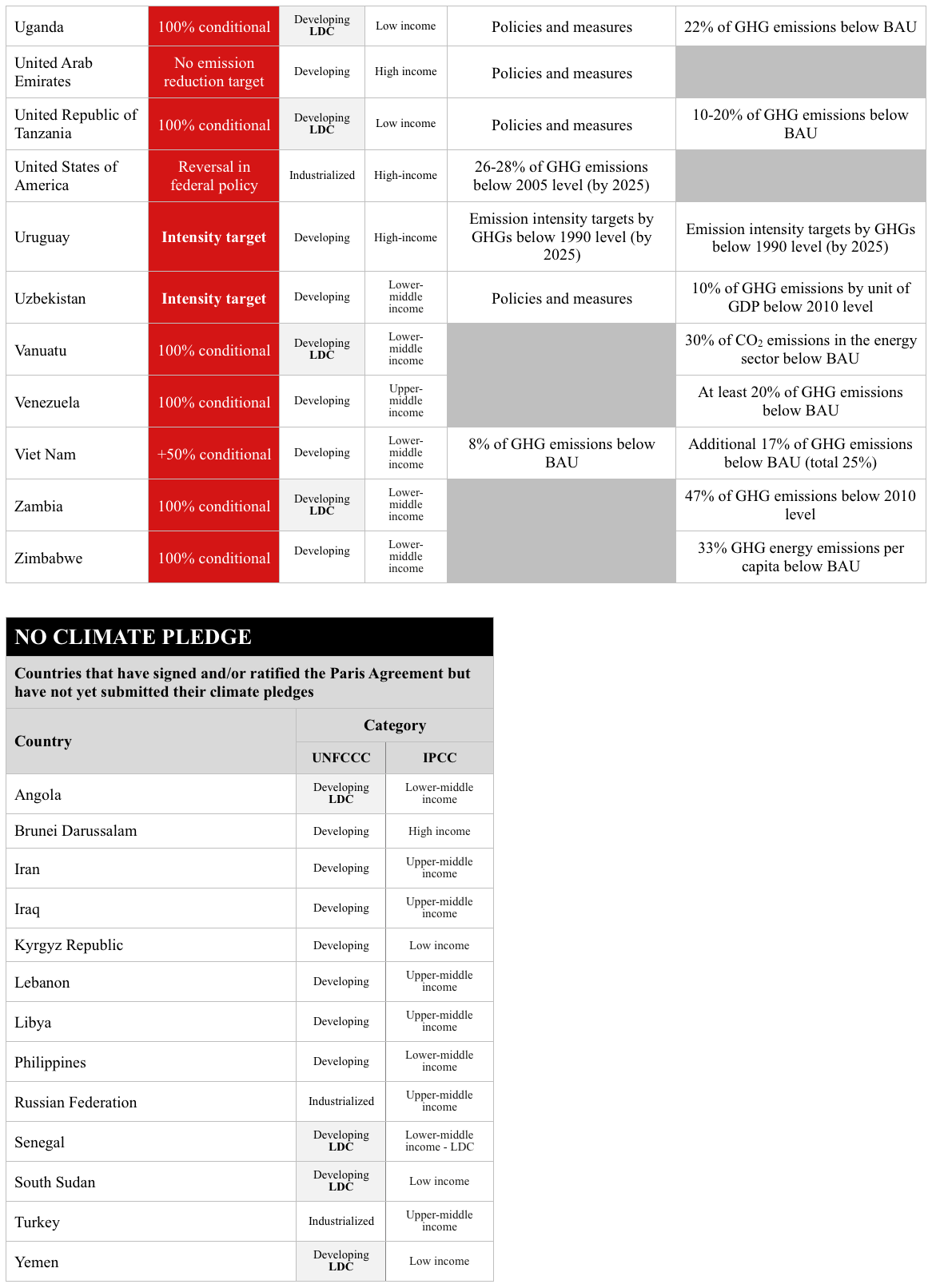
Did you enjoy this article?